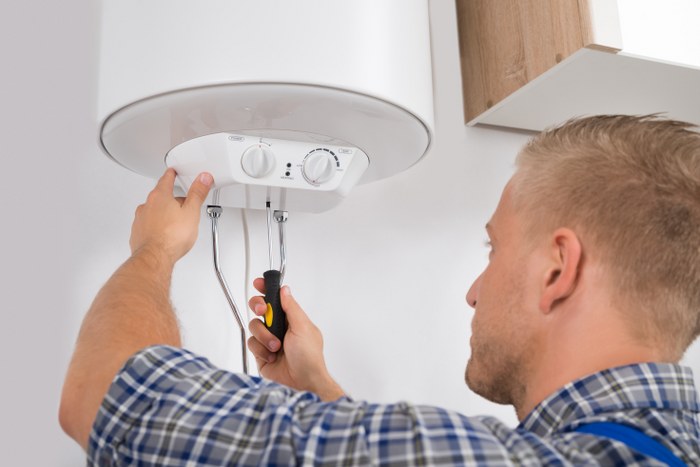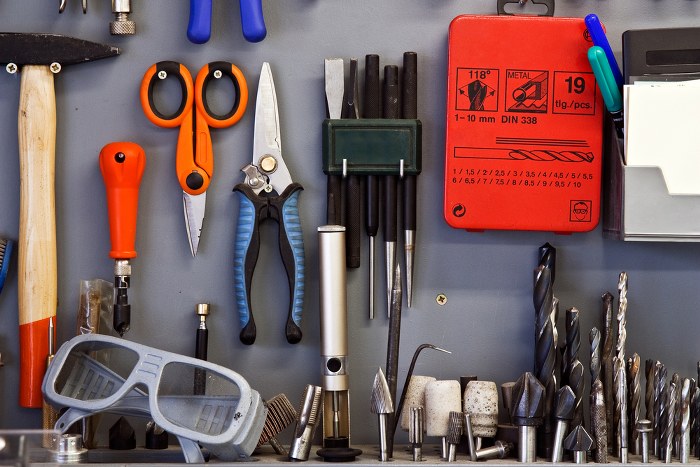Simple Steps to Bleed Your Radiators

If you’ve had your central heating system off all summer, sometimes it can take a little while to kick in and work properly when you need it in the autumn. Although you should prevent this by switching it on at regular intervals during the summer months, if this problem does arise come the colder months, a simple way of solving it is often to bleed the radiators. You don’t need a handyman to do this, you can do it yourself. You can also do this if you hear gurgling coming from your pipes, as this may mean there’s an air bubble stuck in the plumbing system.
In addition, if certain parts of the radiator are hot (for example, the bottom) while others are cold, you may need to carry out this process. Regardless, bleeding your radiators is a useful exercise as part of your usual home maintenance routine. Here’s how you can bleed your radiator safely.

1 - Firstly, always read the manual before bleeding the radiators as some may work differently to others. For example, with combi boilers, you may need to learn how to re-pressurise the system yourself.
2 - Make sure the area is protected. Put down some old towels or rags so that you don’t get radiator water on new ones. Also, wear old clothes just in case you get water on yourself. Place a bowl directly under where the water comes out to catch the majority.

3 – Switch your heating on to fully heat the radiators that are working, if there are any. This will build the pressure inside and help the process by pushing the air bubbles and pockets out, and also tell you where you need to bleed them. Some radiators may be working absolutely fine, in which case, they don’t need bleeding. However, ensure your heating is switched off, even if it isn’t working when actually bleeding the radiators.
4 – Locate the bleed valve. This is usually on the side of the radiator and is often red.

5 – Use your radiator key (also known as a bleed key) to undo the valve by turning it to the left. If you have lost your radiator key or don’t have one, you can either purchase a new one from a DIY or plumbing store or use a flat-blade screwdriver. You can now buy modern radiator keys, which actually catch the water as it trickles out.
6 – As the radiator begins to bleed, you will initially hear the air escaping followed by a trickle of water. Once the water begins to trickle out of the radiator, you’ll know that all the air pockets preventing it from working efficiently have escaped.

7 – Use the bleed key or flat-blade screwdriver to tighten the valve again, although be careful not to tighten it too much, as this can damage it and make bleeding it in future difficult. Wipe the surrounding area dry.
8 – Turn your heating on straight away to make sure it’s now in full working order. If not, you may have to consider contacting local plumbing services to get them to diagnose and fix the problem.
If you believe the problem with your heating lies with your boiler, you shouldn’t attempt to carry out any boiler repairs yourself. Boiler installation and potential boiler breakdowns should be dealt with by trained, professional plumbers and boiler repair services. This is because boilers usually use gas and are therefore extremely dangerous to take apart if you don’t know what you’re doing.

 020 8434 7477
020 8434 7477








